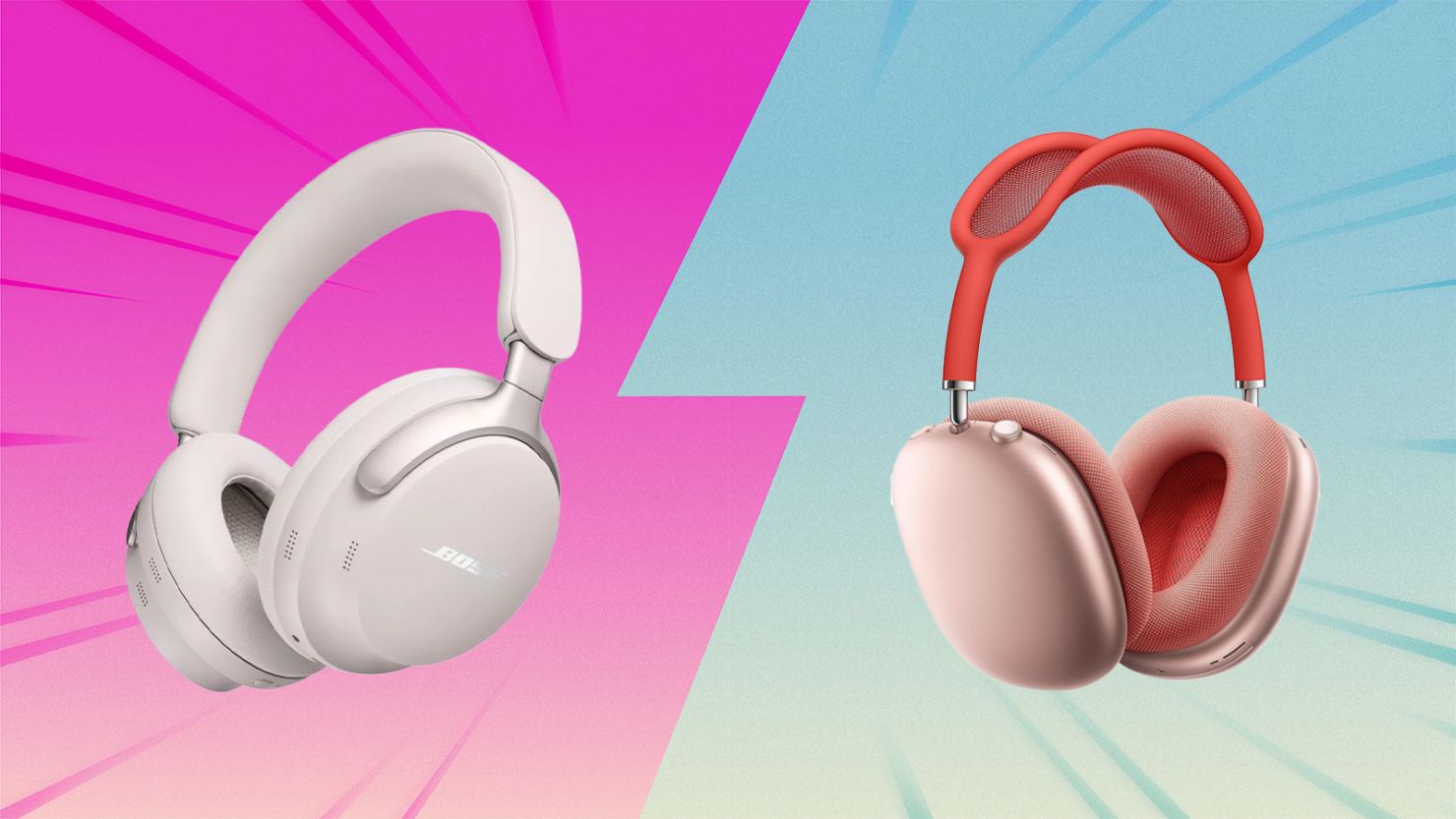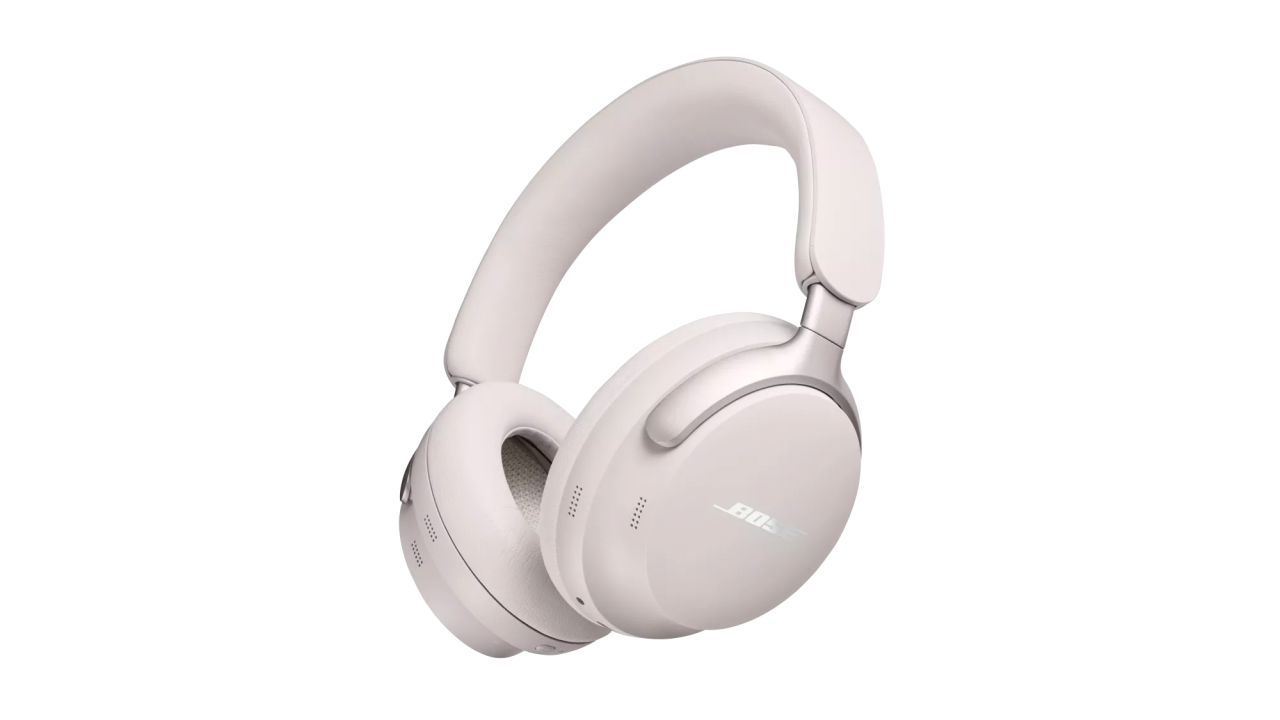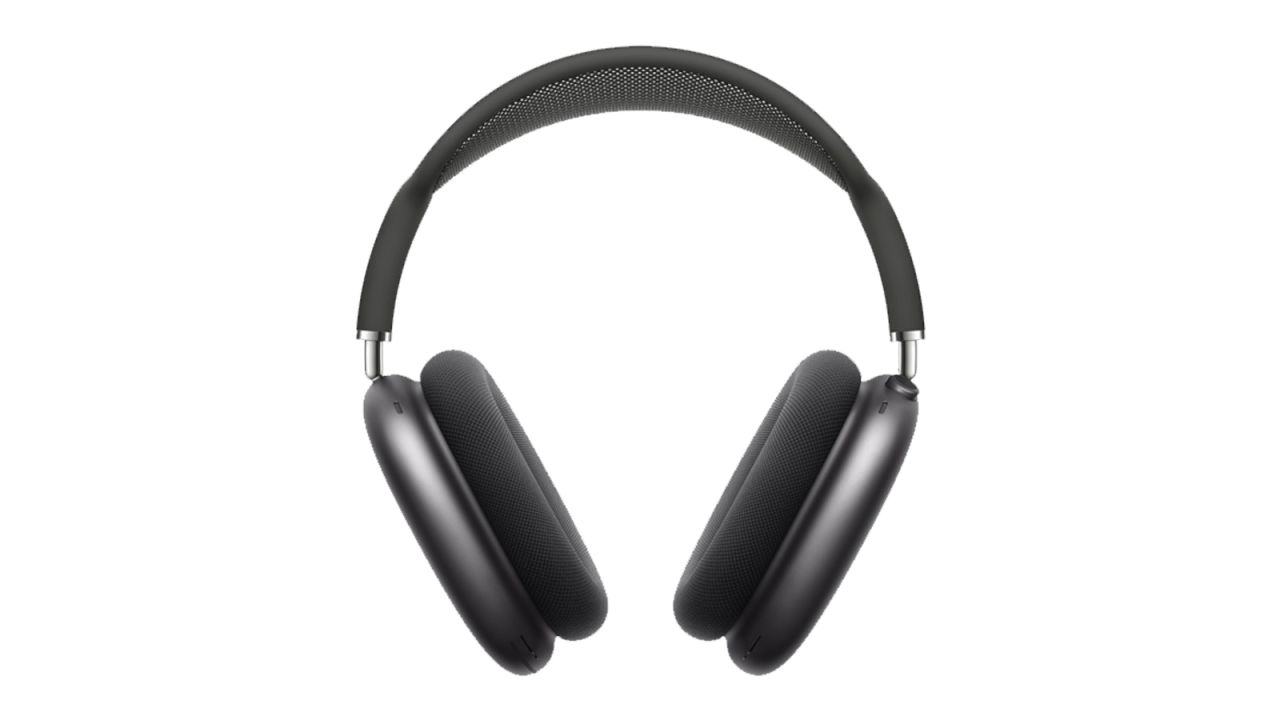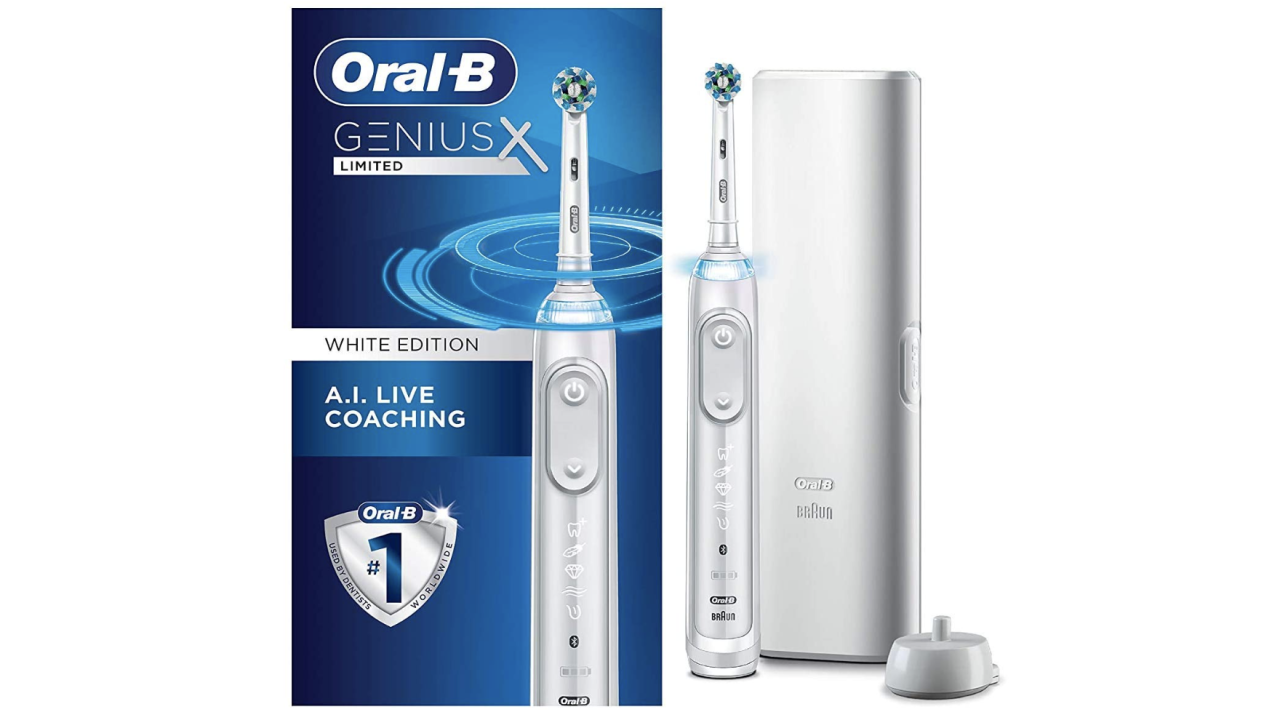This article is part of our series Battle of the Brands, in which we compare category-leading products to their counterparts to determine which are actually worth your money.
Bose’s QuietComfort Ultra Headphones are clearly here to fight off Apple’s AirPods Max, among other competitors. Even though the Cupertino squad are relative newcomers in the over-ear headphones market, its excellent noise-canceling headphones offer great sound and connectivity and strong spatial audio functionality that Bose is matching with its own offering.
The surprising thing I learned throughout my comparison testing is how similar these headphones actually are. Both are priced at over $400, and both do a lot to stand out in the field. Here’s where they differ, and where they sing in harmony.
Bose QuietComfort Ultra Headphones vs. Apple AirPods Max at a glance
Bose’s latest flagship over-ear noise-canceling headphones promise immersion for any song.
Apple’s first over-ear AirPods offer stellar Transparency, solid noise cancellation and an odd case.
Quick comparison
| Active noise cancellation | Yes (quiet) |
Yes (noise cancellation) |
|---|---|---|
| Ambient noise mode | Yes (Aware mode) |
Yes (Transparency mode) |
| Weight | 0.56 pounds |
0.85 pounds |
| Battery life (rated) | Up to 24 hours |
Up to 20 hours |
| Colors | Black, Sandstone (Bose exclusive), White Smoke |
Pink, Green, Silver, Sky Blue, Space Gray |
| Features | Immersive Audio, Snapdragon Sound |
Spatial Audio |
| Charges via | USB-C |
Lightning |
| Price | $429 | $549 |
Bose QC Ultra get the little things right, except connectivity
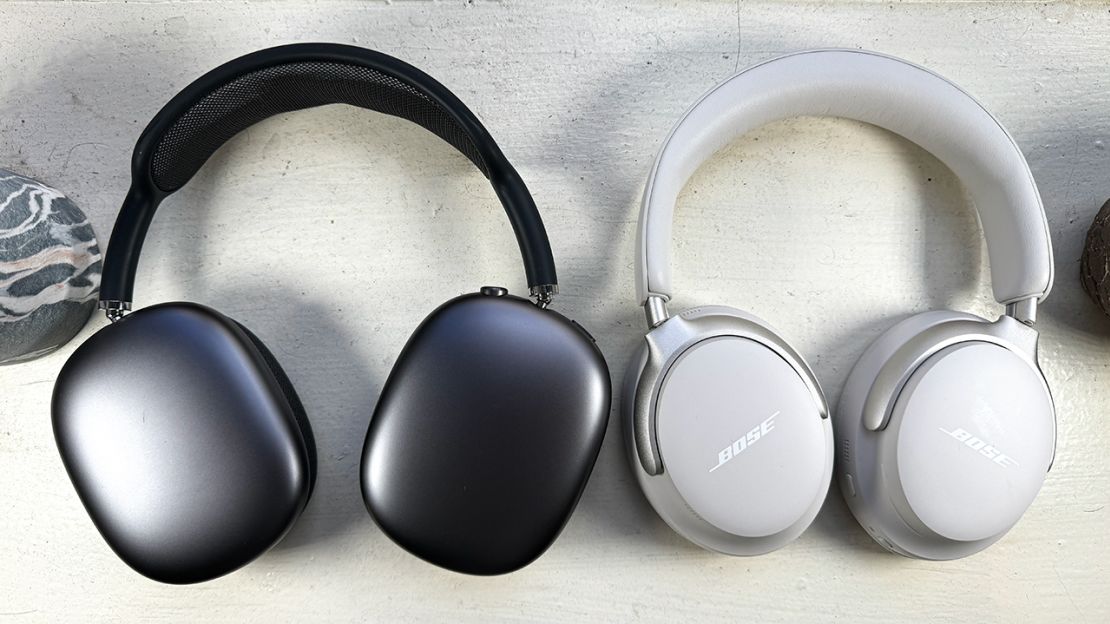
Both the QC Ultra and AirPods Max headphones offer a striking look and sense of style, with the latter being a little larger and harder to ignore. I could easily see the black Bose headphones being the choice of anyone who wants headphones that just blend into an outfit. Their first major similarity comes in their industrial design: Each pair of headphones is extremely well built, with the sliding mechanisms in their arms moving with perfect precision as you adjust them up and down.
When Apple ripped the Lightning port out of the iPhone 15 and AirPods Pro, replacing it with USB-C, it basically and quietly declared that AirPods Max (as well as various other Apple accessories) were due for an update to the same port.

The Bose QC Ultra, however, does have USB-C, meaning you can charge them with the same cord that refuels the Nintendo Switch, laptops, mice and other accessories.
Ever since their inception, practically everyone has agreed on the same Apple AirPods Max flaw: their so-called “case.” Apple calls it a “Smart Case” because its magnets turn the AirPods Max off, which is very important, considering they don’t have a power button. If I don’t put the AirPods Max back in their case, their battery will slowly drain and leave me with a lesser charge. Meanwhile, I can keep the QC Ultra out of their case for weeks on end and they always have a pretty substantial charge when I power them back on.
Oh, and the rest of that Smart Case protects only the AirPods Max’s cups, not its headband. You could call it a demi-case.
Bose, for its part, is a veteran of the over-ear headphones market and understands that a case should actually encase the entire product it’s holding. Yes, it’s neat that Apple’s case is designed to create its own handle, but it’s far from actually protective. Were it not for the aforementioned magnets that turn the Max’s off, its case would be far more performative than protective. Also, it’s a bit of a fingerprint magnet.
The Bose QuietComfort Ultra Headphones wasted no time reminding me why I’m not a huge fan of Bluetooth. Every time I take them off, they stay paired. Sure, the in-cup sensor pauses my music or podcasts, but if I hit play again? The sound comes out of the QC Ultra cans, even if I’m not wearing them. And then I curse the name of King Harald “Bluetooth” Gormsson, who earned his nickname from a dead and discolored tooth.

The AirPods Max, though, go beyond pausing when you remove them. Once I get home from a walk and take them off, they both pause the music or podcast I’m listening to and essentially disconnect from my phone as an output source. Only when I start wearing them again will they connect as an output source. Pairing the iPhone with Android devices is just like pairing any Bluetooth device: You have to figure out which button activates pairing mode (it’s the noise control button) and hold that until it shows up in your Bluetooth device options. Experiences like that keep people inside the Apple ecosystem, especially when pairing AirPoids Max with any Apple device is as easy as pairing them with any of your devices once, and tapping “connect” on other devices.
TL;DR: While the QC Ultra offer the correct port and a real case, AirPods Max deliver a more seamless experience.
AirPods Max beat Bose on Transparency
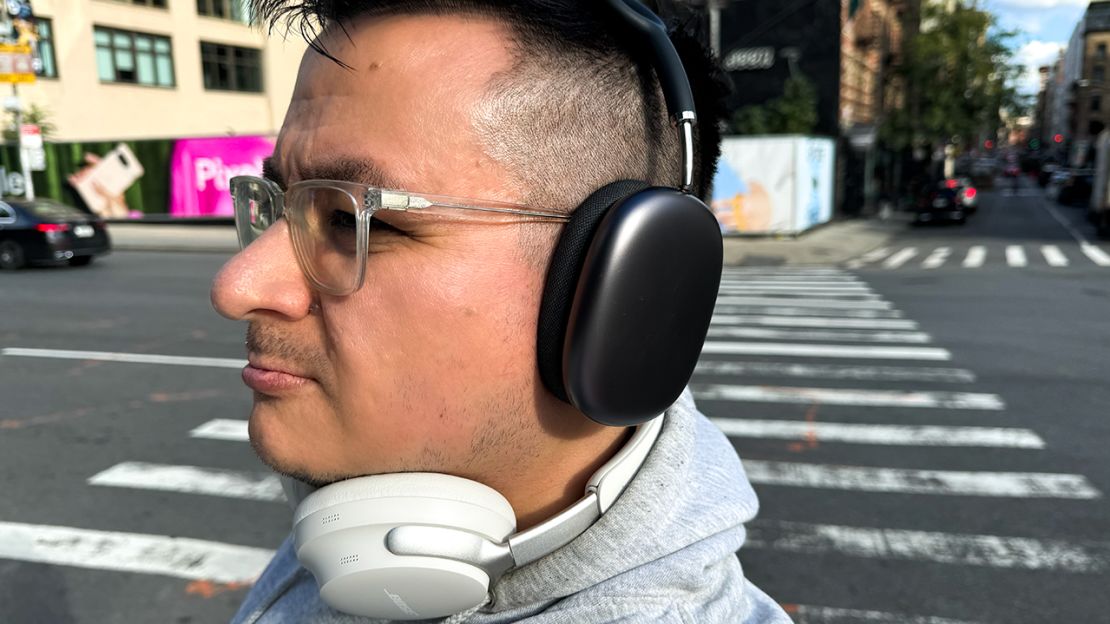
While noise cancellation is the name of the game, it’s equally valuable to be aware of the world around you when you’re out and about. This is why both cans offer their own modes that let you hear your surroundings: the Bose QC Ultra’s Aware mode and the AirPods Max’s Transparency modes. I wore both pairs around Manhattan with no music playing, just listening to how well each captured the always noisy city. Both the Bose and Apple cans kept me aware of my surroundings, allowing me to stay aware of bike messengers speeding by, overhear one-sided phone conversations and even make my coffee order without taking off my headphones.
AirPods Max’s Transparency mode, though, seems cleaner. I first noticed this when I initially put the Bose QC Ultras on and heard the softest amount of noise. It sounded like a recording of pedestrians and cars around me. Apple’s AirPods Max, in comparison, are shockingly great at making it sound like you’re not wearing anything.
TL;DR: AirPods Max’s Transparency mode sounded more neutral and natural than Bose’s Aware mode.
Bose QC Ultra edge the AirPods Max on noise cancellation
In another of the slightest victories, the Bose QuietComfort Ultra Headphones’ active noise cancellation (ANC) only narrowly defeats the AirPods Max on muffling the sounds of the world.

I spent a whole week just on ANC comparisons in the wild, and at one point I was ready to give up and call this a draw. I spent hours just standing in noisy intersections in downtown Manhattan, listening for a difference as drivers angrily honked and shouted at one another. I even hung around multiple construction sites, switching between both headphones in ANC mode, unable to find a winner. It got really funny at one point, as a construction worker stopped using a drill to ask what I was up to.
But then, on a subway ride, I found a winner. With no music playing — testing just the ANC alone — the Bose QuietComfort Ultra headphones reduced more of the ambient clanging and sounds of a nearby conversation than the AirPods Max did.
That said, my testing is admittedly incomplete. Over-ear ANC headphones are practically made for flights, and so I’m very curious to see how these headphones will nerf the sounds of shrieking babies and angry man-children on the trips I take at the end of the year. I look forward to updating this piece then.
TL;DR: Apple and Bose are almost neck and neck on noise-canceling tricks, and only one of many situations gave Bose this win.
AirPods Max and Bose QC Ultra sound quality is shockingly similar
Sound quality is the other major reason why I’m so willing to throw hundreds of dollars down for great headphones. So I spent days doing side-by-side comparisons both in the unforgiving streets of the city and my more isolated apartment. For the sake of keeping things as equal as possible, I listened to music on Spotify on both headphones throughout my testing (unless otherwise noted), at 50% volume at home and full blast in the field.

Throwing on mash-up artist Girl Talk’s “Play Your Part (Pt. 1),” I heard practically the same insistent, pounding drums on both pairs of cans, with clear vocals from rapper Pimp C and distinct maracas shaking in the background. I rocked out to this track while standing near a whirring portable power generator, but the strong sound from both cans combined with ANC made sure I could focus on the layers of sound.
Up next was Rob Zombie’s “Never Gonna Stop (The Red, Red Kroovy),” where both headphones again sounded similar and were able to highlight subtle twang of bass guitar early in the track. Turning on Britney Spears’ “Toxic,” the Bose delivered sweet vocals, sturdy bass and crisp drums, which the AirPods Max matched on all counts.

While I blasted The White Stripes’ “Seven Nation Army,” I noticed that both headphones made Jack White’s vocals and bass sound strong, with Meg White’s drums hitting crisply and clearly. The soundstage on the QC Ultra sounded a little larger, making things seem a little less cluttered, but it’s not like the stadium anthem sounded bad on the AirPods Max.
Listening to power pop band Charly Bliss’ song “You Don’t Even Know Me Anymore,” I noticed the Bose tended to lean on the bass a little more than I expected. Your mileage, of course, may vary.
On Ghostface Killah’s “Ghostface,” where a bass-forward sound is more appropriate, the extra thump felt more welcome and fitting. The Bose Music app lets you fiddle with the EQ, but I think the AirPods Max’s more consistently correct sound is more my speed.
TL;DR: Both AirPods Max and Bose QC Ultra deliver excellent audio, but the latter drifts toward slightly more bass.
Bose’s Immersion modes don’t beat Apple’s Spatial Audio
One of the big tricks in Bose’s new QuietComfort Ultra headphones and earbuds is its trio of Immersion modes. “Still” is best for those seated, presenting elements of the audio in static positions around and in front of you (e.g., listening to Clipse’s “Ride Around Shining,” it placed Pusha T’s vocals in a fixed spot in front of me, basically inside my monitor). “Motion” keeps the soundstage consistently in front of you, so it’s best for when you’re, well, in motion — wherever you go, those specific elements will stay at the same points around you. Meanwhile, “Off” essentially aims to surround you in your music or sound.
At its best, Immersion mode sounds like you’re at the center of a band in the studio. At its worst, it sounds like you’re at a very hungover practice. Revisiting Mr. Zombie’s “Never Gonna Stop,” Immersion mode just sounded like everything was closer together, and not in a great way — more like I was standing next to the speakers at a college party.
Apple’s aforementioned Spatial Audio technology is exclusive to its hardware, and while any song (even those in Spotify) can be “spatialized,” only some are available in Dolby Atmos on Apple Music for more dimensional sound. But just like what you get with Bose’s Immersion modes, I’ve yet to get consistently better sound with Spatial Audio and keep it turned off.
TL;DR: Immersive and Spatial Audio options both still feel like an experiment.
AirPods Max can’t touch Bose’s Active Sense feature
The Bose QuietComfort Ultras offer a fourth audio mode called Active Sense, which seeks to be the middle ground between noise cancellation and Transparency. It shifts the former on and off as necessary when the ambient noise around you increases.

And while that sounds novel, it was during this mode where the pressure created by the QC Ultra actually irritated me. I’ve felt a slight pressure from AirPods Max in my time when their noise-canceling mode is enabled, but nothing like this made me immediately need to switch modes. I’m not the only one who experienced this either. Apple offers a similar Adaptive Audio mode but only on the most recent AirPods Pro.
Bose also supports the relatively nascent Snapdragon Sound technology, which enables lossless and low-latency audio in select devices. And by select devices, I mean Android phones from Motorola, Xiaomi, Sony, Sharp, ZTE, Asus and others. Neither Google Pixel nor Samsung Galaxy phones support this technology.
TL;DR: If you want dynamic a mix of noise cancellation and Transparency, Bose will give it to you.
The AirPods Max let me sound more like myself
The AirPods Max took two rounds of call and voice quality testing, starting with voice calls. On an actual call, the difference was only slight, with the Bose QC Ultra coming close. Then, well, things got very uneven when I opened the Voice Memos app.
To quote a colleague who listened to both recordings, “Your voice doesn’t sound like you on the Bose recording!” I can confirm the difference was staggering, as I almost sounded like I was affecting a nightly news anchor voice.
TL;DR: Calls and voice recordings sound more accurate on the AirPods Max than the Bose QC Ultra.
The QC Ultra offer more comfort overall

While Active Sense Transparency created pressure that irked me, the Bose QuietComfort Ultra Headphones proved ridiculously more comfortable than the AirPods Max the rest of the time. This isn’t a shocker when they weigh a mere 0.56 pounds compared to the 0.85-pound AirPods Max. That’s a difference of 0.29 pounds, over half of the QC Ultra’s weight. Yes, the AirPods Max distribute their heft well, but it’s impressive how the QC Ultra headphones are the featherweights that compete with the heavyweights.
Their protein leather (i.e., fake leather that still feels supple and natural) cups are also nicer on the skin than the mesh fabric in Apple’s cups.
Also, those with larger heads may prefer the QC Ultra, as I’ve observed its arms and headband extend farther, allowing for more room.
TL;DR: If comfort is king, then give Bose the crown.
Bose QC Ultra cost a lot less than AirPods Max

For all of the similarities listed above, especially if you’re on Android, the $429 Bose QuietComfort Ultra Headphones are much more compelling than Apple’s $549 AirPods Max. The latter may be on sale often, but Bose sales happen seemingly more frequently, as the QC Ultras hit $379 on Amazon as I was updating this story.
On top of that? The QC Ultra allow for wired listening with the headphones’ audio-out jack, and their premium design feels just as durable as Apple’s.
TL;DR: Outsiders get another chance to shout, “Apple tax!”
Bose QC Ultra don’t always know how to handle iOS
One of the weird little things that has popped up during my testing with my iPhone 15 Pro Max is that the QC Ultras often dropped in odd sound effects when I was doing iOS-specific things. My most frequently observed example is that a chime plays before I hit play on a voice memo, and a voice says “call ended” whenever those voice memos stop. These unusual moments aren’t frequent, but they are always a reminder that Bose is playing in Apple’s garden.
Bottom line

Weeks of comparisons, distilled above, are downright necessary when you’re spending over $400 on a pair of headphones. Nobody wants to make that decision blindly. But even after extensive testing, I find that these two sets of headphones are extremely similar when it comes to audio quality and noise cancellation.
Maybe the industry is reaching a ceiling on those capabilities. Fortunately, there are plenty of other ways to compare them. The easiest is based on what devices you’ll connect them to. For those who live in the Apple ecosystem, it’s hard for me to suggest you go with the Bose. My favorite trick with all of Apple’s AirPods is how easy it is to pair them with any Apple hardware, including the Apple TV 4K. Inversely, those on Android have good reason to go with Bose (or the Sony WH-1000XM5), because those Apple-centric pairing and unpairing tricks do nothing for you, and Bose will give you similar features, a better case and a generally more comfortable experience for more than $100 less.
